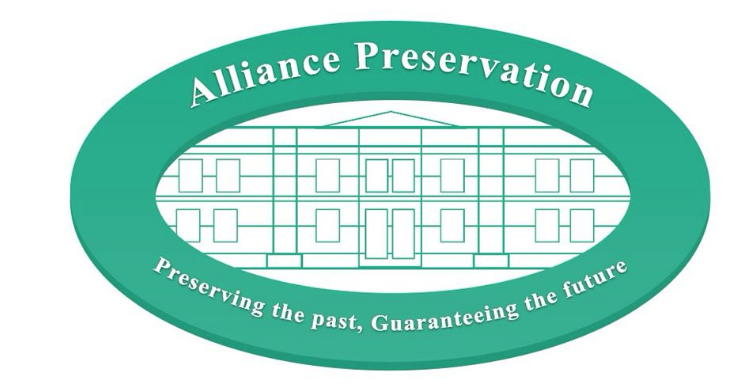Conservation of Historic Building Fabric
Alliance Preservation believe in none destructive treatments and should your property be built before 1890 and has original lime plaster not affected by ground salts then a none invasive damp course be injected by gel or cream from the inside especially if the building is listed.
Where the plaster needs to be removed due to contamination from ground salts we can use a modern lime based plaster or a special membrane lining rather than use the cement based plaster system more suited to modern buildings where cement has been used during construction – typically post 1890.
Lime Mortar Repointing
Lime mortar was in common use prior to the invention of cement in the late 19th century.
Much damage has been done to historic buildings by repointing in cement mortar. Cement will crack with the small movement of a building and allow moisture ingress into the wall. Cement can then seal in this dampness. Lime mortar allows the wall to “breathe” and is not affected by small structural movements.
The appearance and colour also enhance historic buildings.
In older buildings, typically those built before 1875, lime mortar will have been used and it is important to re point in lime and not cement. Many an older building, especially one of architectural or historical importance and perhaps listed, has been spoilt by inappropriate materials. Prior to the widespread use of damp proof course material and cavity walls lime was an important part of the design of the building. Lime joints would draw out moisture from the brick or stone and allow evaporation of excess moisture into the atmosphere. Internal lime plaster would offer a similar inbuilt remedy.
